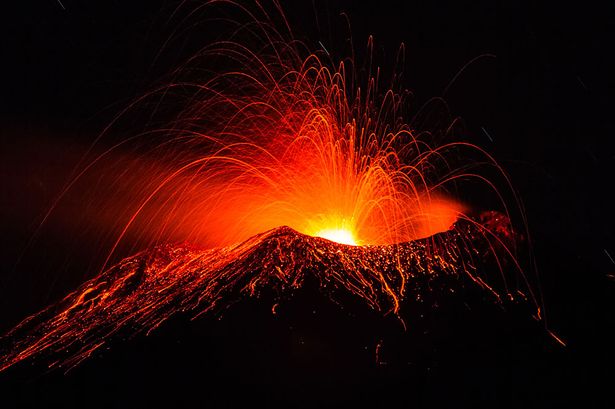A study led by researchers from Oregon State University and co-authored by Curtin’s School of Earth and Planetary Sciences, the Geological Agency of Indonesia, and Heidelberg University have found that supervolcanoes can be dangerous for years after an eruption. In the past, many scientists believed that these eruptions could only take place after thousands of years.
According to Martin Daniŝik, a Curtin University associate professor and lead author of the study, after studying a supervolcano in Indonesia, he and his team have concluded that these volcanoes remain active and present a constant threat to people living near them.
While supervolcanoes usually erupt after tens of thousands of years, scientists know very little about what takes place between the eruptions. Daniŝik adds that knowing what happens during these dormant periods will allow people to know what to look for in supervolcanoes and predict eruptions.
Super-eruptions have a global impact
When a supervolcano erupts, it releases a large amount of magma in an instant. These eruptions can have an impact on the entire world for decades. They can even affect the climate and cause a volcanic winter. A volcanic winter is an unusually cold period that could lead to population disruption and famine. Daniŝik states that understanding how these volcanoes work can help predict a future eruption. This knowledge will, in turn, help the world prepare for the impact it could have.
How researchers conducted the study
The researchers tried to find the fate of the magma that Toba, a supervolcano, released after its eruption about 75,000 years ago. They used the minerals zircon and feldspar, which contain records of the accumulation of gases such as helium and argon years after an eruption.
Scientists used thermal modeling, statistical inference, and geochronological data, which showed that magma still oozed out in the deep depression or caldera created by the eruption about 5,000 to 13,000 years after the explosion. In addition, they found that the remaining solidified magma was pushed upward.
Previous studies on volcanic eruptions look for liquid magma under volcanos to determine if they present a danger. However, this new study shows that an eruption can occur even with no liquid magma under the volcano.


